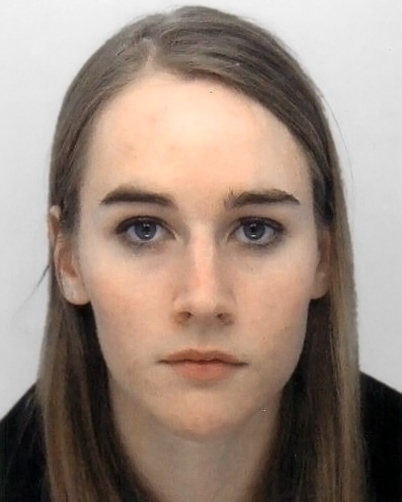My name is Jeff Rouïll and I am currently in master 1 at the University of Tours in France. My internship in the laboratory lasted 4 months under the supervision of Dr. Julien Mocq. The topic of my internship was focused on temperature dependence of activity and metabolism in aquatic invertebrates:
With the current global warming, freshwater ecosystems and its dwelling organisms are threatened. The temperature changes that are expected may alter physiological mechanisms and behaviors in aquatic invertebrates. Therefore, we wanted to determine the impact of temperature on metabolism and activity in various aquatic invertebrate species.
To achieve this objective, we performed measurements of basal metabolism and spontaneous activity of several species of aquatic invertebrates (Aeshna cyanea, Chaoborus obscuripes, Cloeon dipterum, Coenagrion puella, Daphnia magna ...) along a temperature gradient (ranges of temperatures here). For the measurements we use a probe to test the oxygen concentration which allows us to evaluate the basic metabolism. And we use a camera device to film the movements of individuals in an aquarium, to analyze the distance traveled in 10 minutes as a spontaneous activity proxy.
Our results show an increase in oxygen consumption with temperature, which has the effect of increasing energy expenditure. Aeshna -dragonfly- also shows a decrease in activity with temperature unlike Cloeon -mayfly-. The existence of a relationship between basal metabolism and activity was also tested, which allowed us to show a strong negative correlation in Aeshna and a positive correlation for Chaoborus -mosquito-. All of these changes in metabolism and activity are not without consequences, their increases can lead to an increase in search and food intake, increasing energy expenditure and increasing predation risk. There is then a possibility of strong modification in inter-organism relationships such as changes in competition ratios, survival to predation or choice of prey, and as a consequence important changes in food webs.
